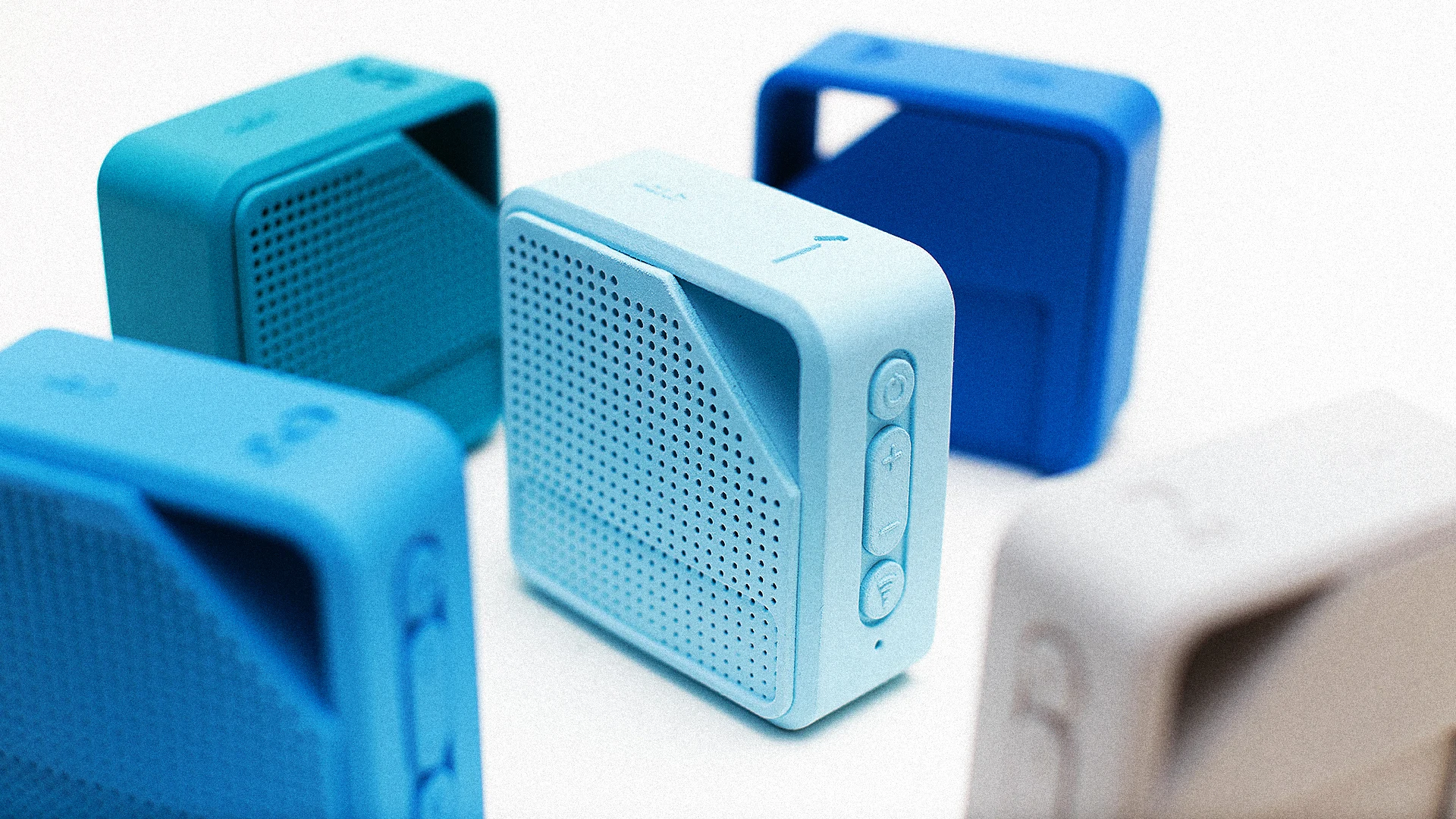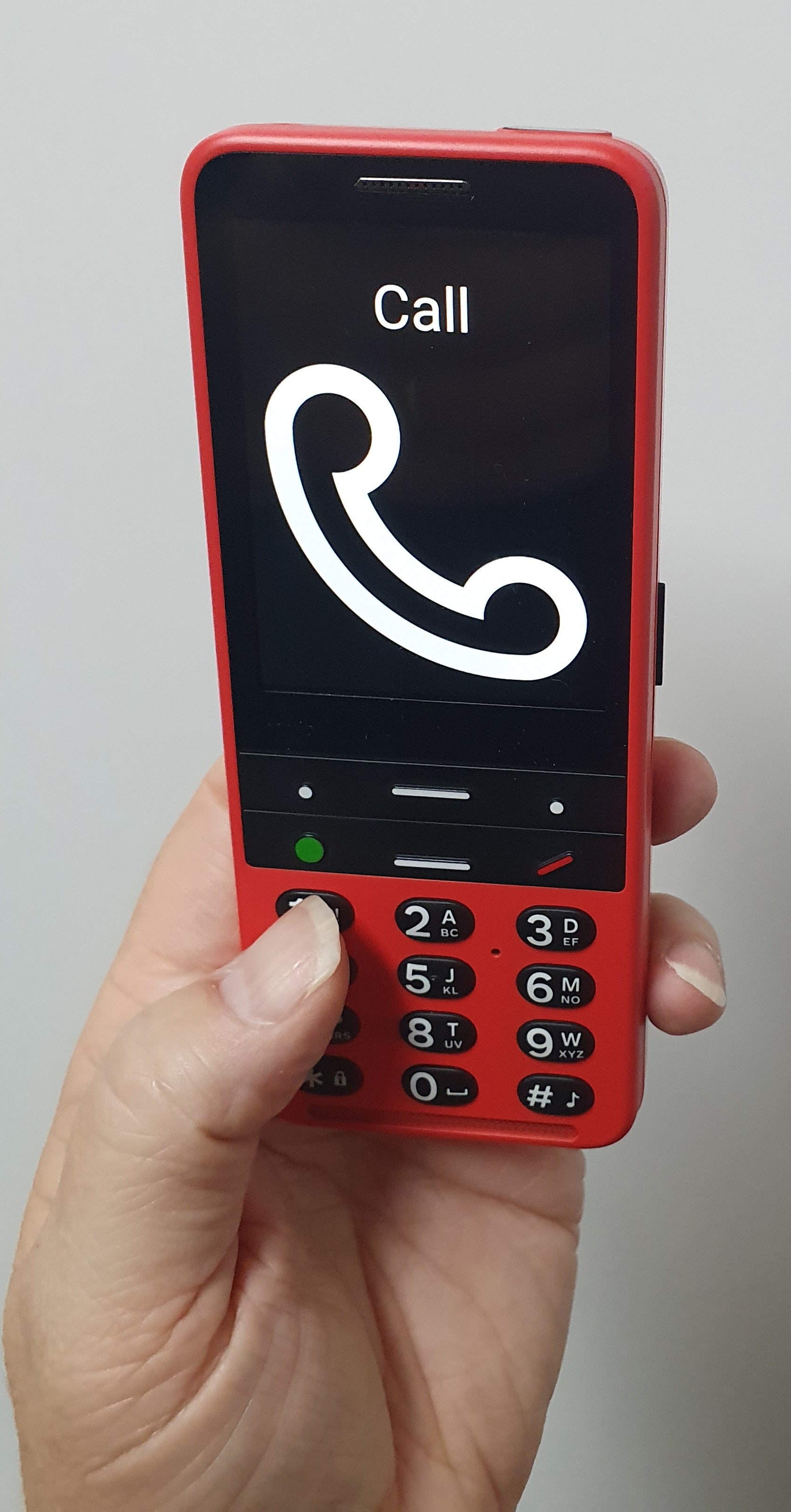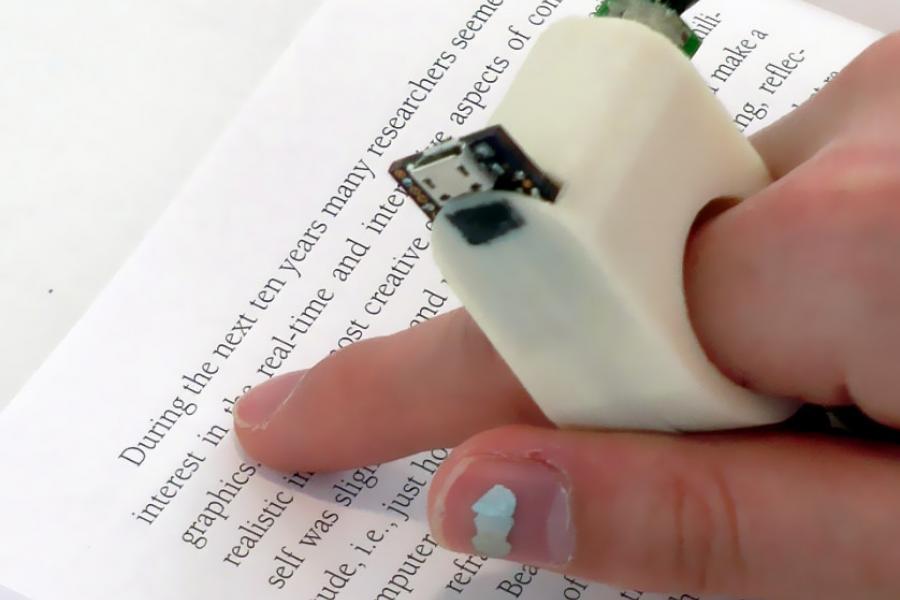Mobility Aids for Visually Impaired Users: Traveling the World with Confidence
Mobility Aids for Visually Impaired Users: Traveling the World with Confidence
Blog Article
Empowering Self-reliance With Assistive Innovation for the Blind
The integration of assistive modern technology into the lives of people with aesthetic disabilities represents a significant advancement in promoting self-reliance and self-sufficiency. From innovative display readers to sophisticated smart canes, these devices not only enhance everyday navigation and communication but likewise empower users to involve meaningfully in different aspects of life. As we discover the myriad benefits and real-world applications of these modern technologies, it ends up being essential to analyze the hidden aspects that contribute to their performance and the capacity for future advancements in this vital area.
Summary of Assistive Innovation

The growth of assistive modern technology is based in principles of inclusivity and empowerment. Advancements in software, equipment, and sensory enhancements supply individuals with options customized to their specific needs. From display readers that transform message to speech, to tactile devices that share information via touch, these tools change the means people involve with their surroundings.
In addition to useful applications, assistive modern technology fosters better social incorporation and involvement in different markets, consisting of education and employment (Speech-to-text devices for low vision). As research study and advancement remain to develop, the possibility for assistive technology to additionally boost the lives of visually damaged individuals stays appealing, leading the way for a much more equitable society where everybody can flourish
Kinds Of Assistive Devices
A range of assistive devices have actually emerged to support individuals with visual problems, each developed to fulfill certain requirements and enhance daily functioning. These gadgets range from low-tech services to state-of-the-art innovations, providing varied choices for individuals.
Low-tech devices include magnifiers and large-print products that aid in reading and writing. Braille devices, such as Braille slates and styluses, enable tactile reading and communication. Positioning and movement aids, like white walking canes, assist users browse their atmosphere safely.
On the higher end of the spectrum, digital magnification systems and display readers provide considerable support. Electronic magnifiers permit customers to expand message and pictures on displays, while screen readers convert electronic content into manufactured speech, helping with accessibility to information on mobile phones and computer systems.
Smart device applications likewise play an important role, offering features like message acknowledgment and navigating support. Wearable innovation, such as smart glasses equipped with augmented truth, is arising as an appealing tool to boost situational awareness.
Benefits of Assistive Technology
The assimilation of assistive innovation dramatically boosts the high quality of life for people with visual impairments. These modern technologies equip individuals by promoting freedom, enabling them to navigate their environments extra effectively and execute everyday jobs with better ease. For instance, display readers and zoom software program allow people to accessibility digital information, promoting educational and specialist chances that might have previously run out reach.
In addition, assistive devices such as clever walking sticks and GPS applications provide real-time navigating support, enhancing mobility and security. This increased freedom not only enhances self-esteem but additionally urges social involvement, enabling individuals to get involved even more totally in their neighborhoods.
Assistive technology additionally assists in communication, aiding users connect with others through voice acknowledgment and text-to-speech applications. This capability is important for preserving connections and accessing crucial details.
Furthermore, the modification choices available with lots of assistive innovations make certain that customers can tailor gadgets to their details demands, additionally boosting use and efficiency. Generally, the advantages of assistive technology for individuals with aesthetic impairments are profound, promoting a more inclusive culture where everyone can pursue their desires and objectives.
Study and Success Stories
Highlighting the transformative effect of assistive innovation, various case researches highlight exactly how individuals with aesthetic disabilities have successfully integrated these tools right into their every day lives. One compelling instance involves a college pupil that used screen analysis software program to browse on-line sources and scholastic products successfully. This innovation not just promoted her education but additionally improved her self-confidence in taking part in discussions and team projects.
Another study includes a professional that employs a smart device application developed for navigating and things recognition. By utilizing this app, he has actually restored autonomy in both his personal and work settings, allowing him to commute independently and engage with associates much more properly.
Furthermore, a senior citizen shared her experience with braille e-readers, which enabled her to access a large selection of literature and remain attached with her community with publication clubs.
These success stories underscore the crucial role of assistive innovation in cultivating self-reliance, boosting lifestyle, and advertising social assimilation for individuals with aesthetic impairments (Speech-to-text devices for low vision). By embracing these innovative tools, users can overcome obstacles and take opportunities that contribute to their specialist and personal fulfillment

Future Patterns in Assistive Technology
Innovation in assistive modern technology is poised to redefine the landscape of support for individuals with visual problems. Emerging fads stress the assimilation of expert system (AI) and artificial intelligence, which enhance the functionality of tools that assist with navigation and information ease of access. AI-driven applications are now qualified of interpreting visual information in real-time, allowing customers to involve with their atmosphere more individually.
Moreover, the development of more info here wearable modern technology is advancing swiftly. Smart glasses geared up with enhanced truth (AR) can provide audio descriptions of surroundings, transforming just how individuals interact with public rooms. These devices not just promote freedom yet additionally foster social incorporation.
Additionally, the Web of Things (IoT) is making homes smarter, allowing for seamless connectivity in between assistive devices and daily home appliances. This connection equips customers by making it possible for automated responses and voice-activated controls tailored to private demands.
Conclusion
In final thought, assistive technology plays a critical duty in equipping people with visual impairments by enhancing their self-reliance and involvement with their surroundings. The discover this varied variety of applications and gadgets available not just assists in navigating and interaction yet also promotes social combination and chances for individual and specialist growth. As advancements proceed in this area, the possibility for improving the high quality of life for those with aesthetic disabilities will certainly broaden, fostering better autonomy and empowerment.

Report this page